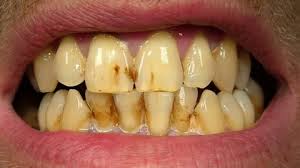
Health Implications of Smoking Beyond Aesthetics: Impact on Oral Health
When most people think about the health risks associated with smoking, they often focus on lung diseases and heart problems. While these are serious concerns, the dangers of smoking extend beyond what is immediately visible—especially when it comes to oral health. Here are some key ways smoking affects your mouth and gums:
1. Increased Risk of Gum Disease
Smoking impairs blood flow to the gums, making them more vulnerable to infections. This reduction in blood flow prevents proper healing and encourages the growth of bacteria, increasing the likelihood of gum disease. If untreated, this can lead to tooth loss and other serious oral health problems.
2. Heightened Risk of Oral Cancer
Tobacco products contain carcinogenic chemicals, and prolonged exposure significantly raises the risk of developing oral cancer. Early signs of oral cancer can include persistent sores, lumps, or rough spots in the mouth. Regular dental check-ups are essential for early detection, which can improve outcomes and prevent progression.
3. Dry Mouth, Bad Breath, and Other Complications
Smoking can lead to a dry mouth due to reduced saliva production. Saliva plays a vital role in protecting teeth and gums, so its absence leaves the mouth more vulnerable to cavities and decay. Additionally, smoking is a common cause of bad breath (halitosis), further contributing to the cycle of oral health issues.
In summary, while smoking’s impact on oral aesthetics is well-known, the internal consequences are just as severe. Maintaining regular dental visits and proper oral hygiene is crucial for smokers to prevent these risks and protect their overall health.
If you’re struggling to quit, reach out to our clinic to sign up for our smoking cessation program.

